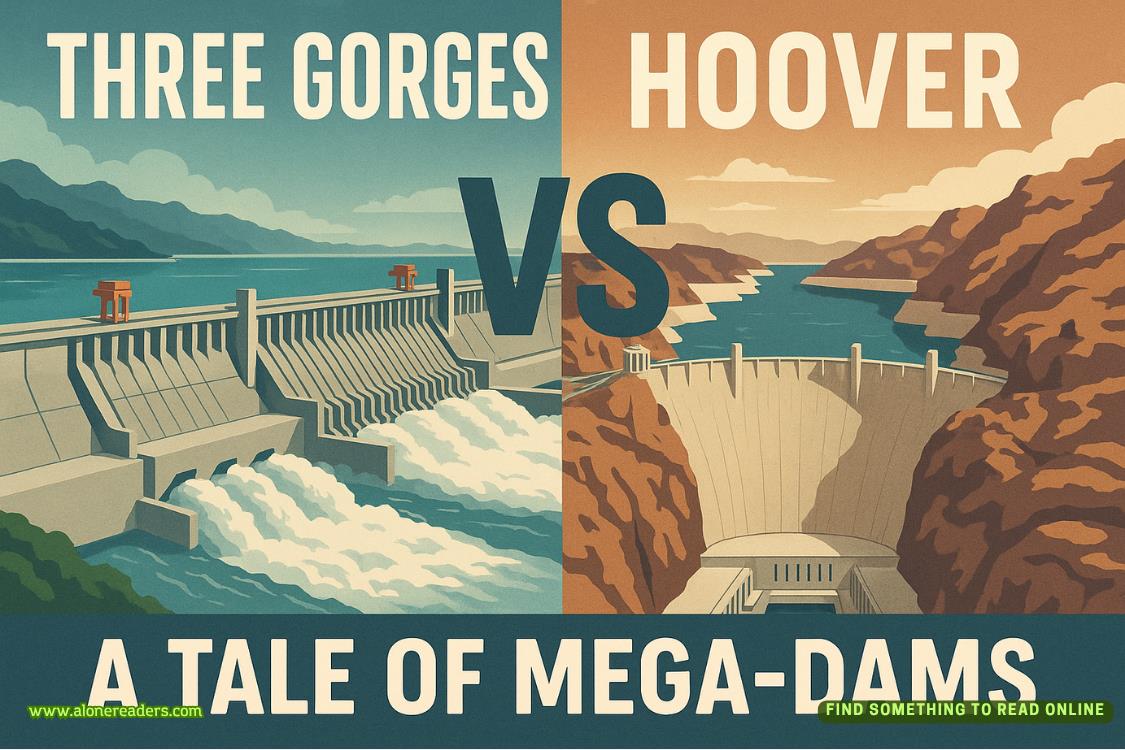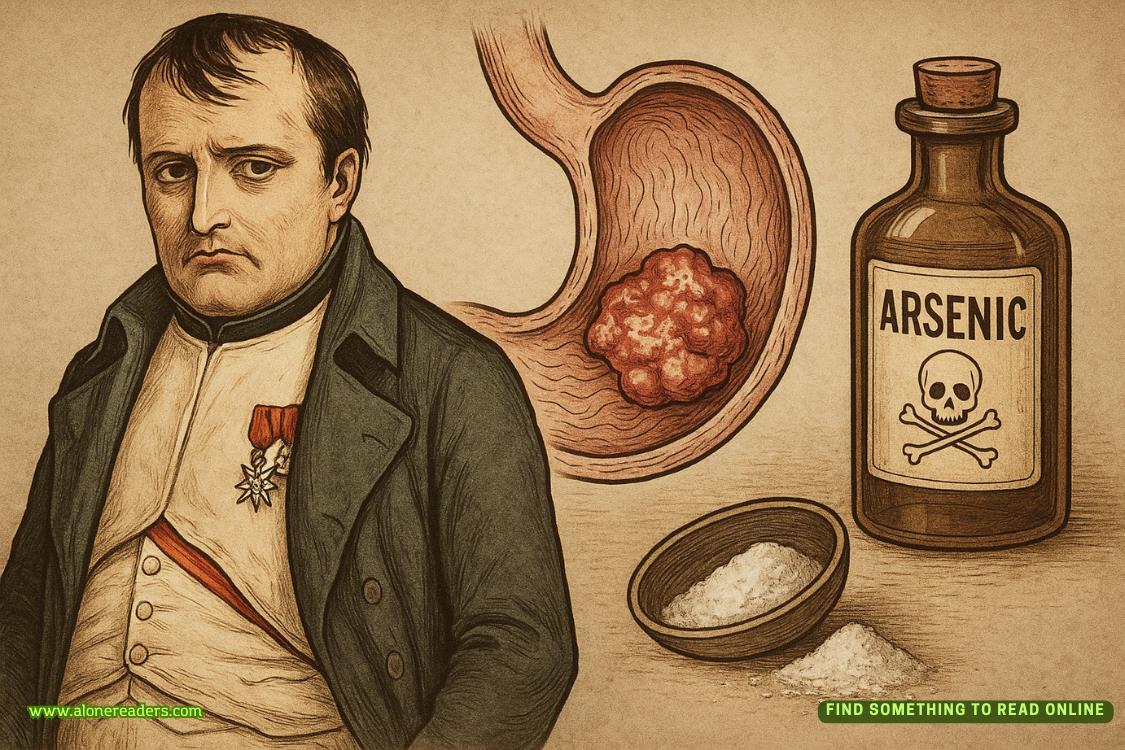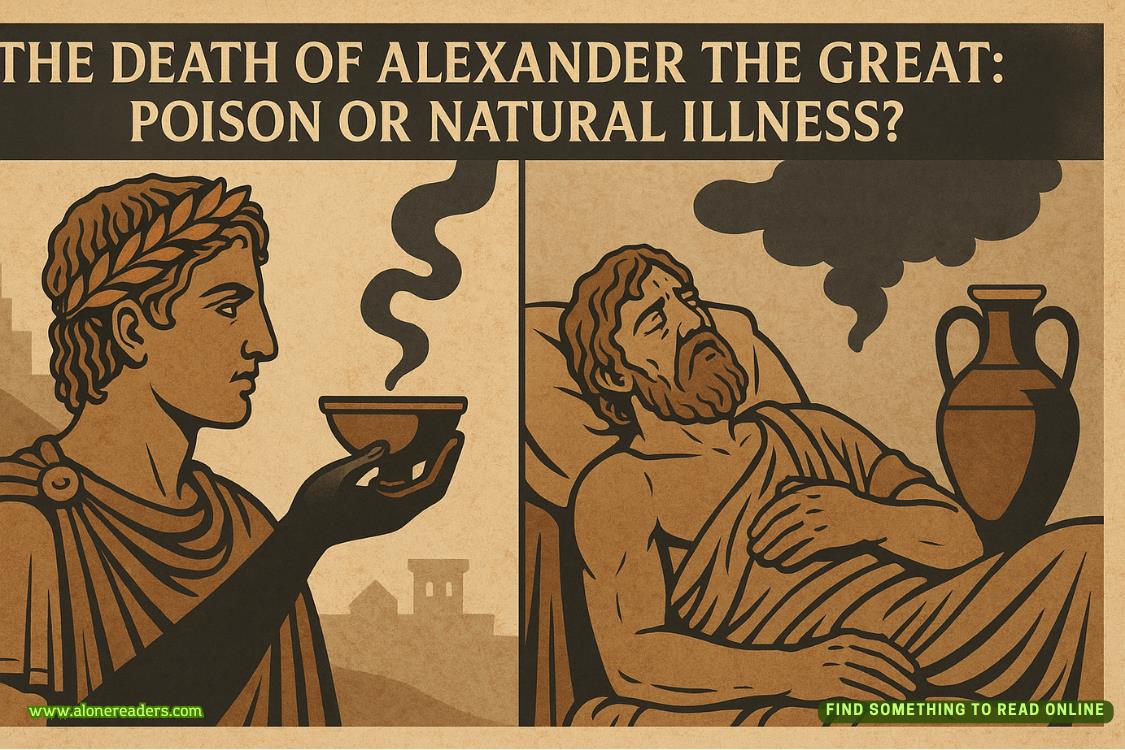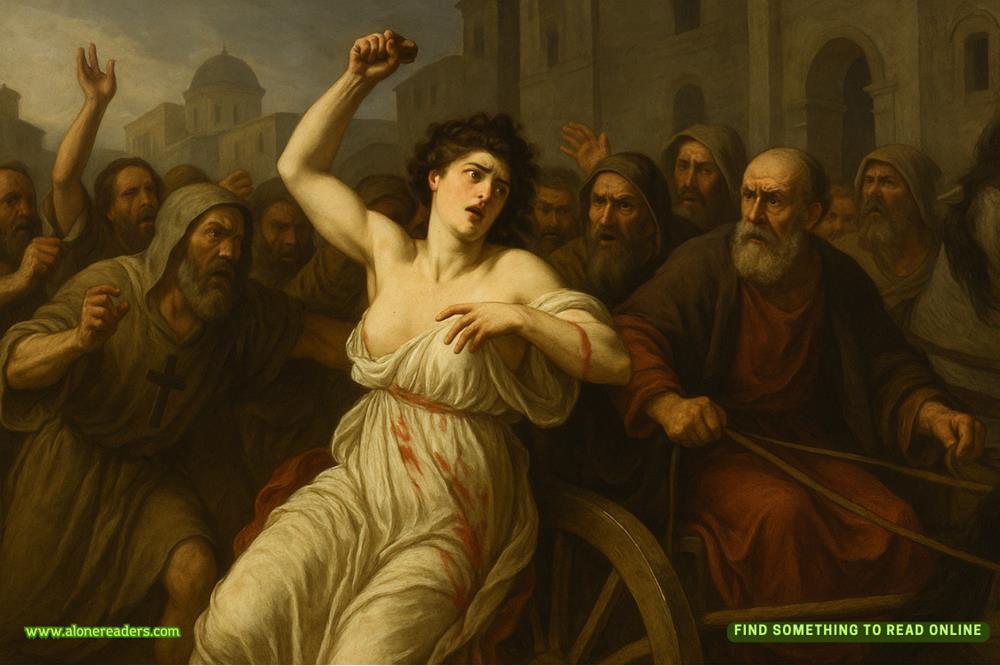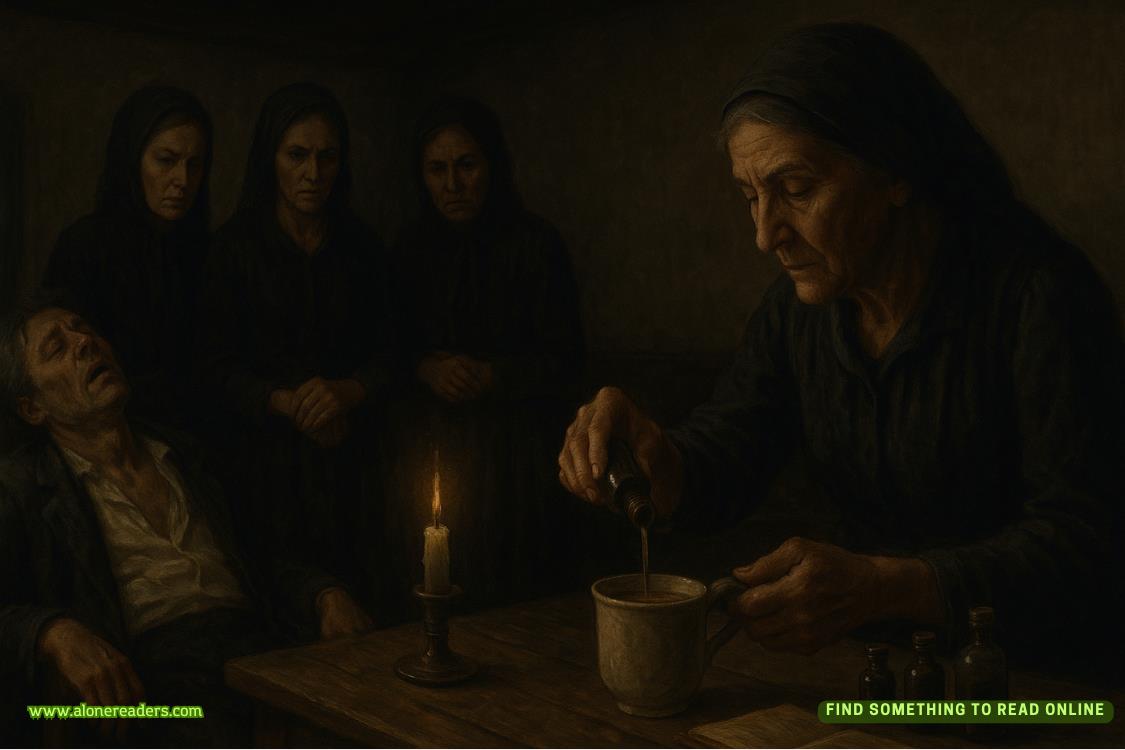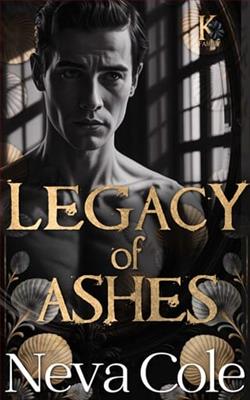Page 45 of The Pairing
Kit weighs this answer, pushing an olive across his plate. He’s not letting me off this easy, not after the cum gutters.
“That waswherewe met,” he says, “nothowwe met.”
I remember the day Kit showed up. Second grade, a skinny little changeling trying to explain to a bunch of California kids named Josh and Taylor how to pronounce his name—his real, French name, not the one he goes by. He wasdifferent.He had big, daydreamy eyes and a gentle accent that none of us had heard, and he spent every recess reading books in trees.
I was different too, a tomboy in the extreme, always wearing cargo shorts and insisting on being let into the boys’ games. One day I found Kit in a stairwell, cornered by two of the boys who wouldn’t play with me and trying not to cry. Maybe if he had been crying already I would have just gotten a teacher, but he was biting his lip, holding the tears back. Those little assholes didn’t deserve the satisfaction.
When I was called to the principal’s office that afternoon for fighting, he was there, waiting for his mom. She called him a different name than the one on the classroom roster, a family nickname. Kit. I asked him if I could call him that too, and when he said yes, I told him to call me Theo.
The Swedes adore this story.
They reward us with their tale of meeting each other at a ski lodge in the Alps, where they were celebrating their respectivedivorces. After three nights of discussing art by the lodge’s fireplace, they realized they’d met before on a hiking trail in Croatia in their early twenties. They married within months, and they’ve been inseparable for fifteen years now.
“I was a fool the first time we met,” Lars says. “Proud, crude, always one woman after another.”
“And I was married!” Birgitte adds. “It was the wrong time. But he was the right man.”
Lars wraps his hand around hers. “Still, I wonder what life would be if I had asked her to run away with me that day at Jezero Kozjak.” He looks at us intently. “Learn from an old man. Take care of good love when you find it.”
Kit glances at me with something soft in his eyes, like we could still be those kids in California.
The Somm once told me how he came to love wine.Everyone has that one bottle,he said. His was a red that sat in his mother’s kitchen window for twenty-seven years, until one day he looked up the vintage on the sun-bleached label and discovered it could have been worth forty thousand dollars if stored properly. Instead, it’s a window decoration, a precious thing that spoiled because nobody thought to take care of it.
I do, despite everything, want to take care of this. There’s never been another person who could fill Kit’s place, and I know there never will be. I’ve been living around that gap, never looking at it, always feeling the draft it lets in. Yesterday was so warm, though.
I want to be his friend—not because it’ll make the trip easier, but because Iwantto. But I can’t do it like this. If I’m going to do it right, there are things I have to say.
The green peak of Monte Igueldo towers over San Sebastián, and a little amusement park sits on top. In the packed crowd of Semana Grande tourists, I feel my first moment of gratitude for ournavigational beacon of butt-fucky Pinocchio puppet. At least when it’s time to regroup in an hour, I’ll only have to look up.
Before Kit can be swept away, I grab the strap of his sling bag. I point to a sign advertising a children’s boat ride with once-in-a-lifetime views.
“Wanna be my co-captain?”
“Yeah,” he says, smiling. “Yeah, let’s go.”
At the front of the line, a teenaged ride operator waves us into a miniature boat and pushes us off down the long, winding flume. Greenish water carries us forward, alone together, Kit in the front seat, me in the back.
At the first big curve, the trees fringing the flume give way to open air, and the view spreads into panoramic widescreen. It’s as spectacular as promised: water glistening for miles into the horizon of the Atlantic, the distinctive seashell-shaped bay of La Concha, small white sailboat triangles, jutting green islets, lush mountains cupping the city and fading off into distant blue-gray shadows.
The boat rounds another corner and floats into a rocky cave, and then, as if to wake us up from a dream, our boat bangs into the one in front of us.
The river is stuffed bumper-to-bumper as far as I can see, each boat full of confused tourists and cranky children. Another boat collides with ours, and when I turn to check, it’s Stig waving at me apologetically.
“Hey buddy,” I say.
“Hallå,” Stig replies. His boat is sitting dangerously low in the water.
“I think we’re stuck,” Kit says.
We wait, sitting in silence except for the rush of water and the conversation of the Portuguese tourists in the next boat. Stig hums to himself. I study the inside of the cave.
It appears to have been decorated to appeal to children sometime in the late ’90s, but not in any way that makes sense.In the recesses of the cavern, someone has propped up plywood cutouts of a random assortment of Disney characters—Peter Pan, Quasimodo, Hercules flexing his biceps, all looking conspicuously un-trademarked. Between them are a few topless mermaids, a stuffed stork, and a plaster crocodile with glowing red eyes.
“Interesting decor,” I comment, eyeing a mannequin dressed as a pirate and a hauntingly out-of-place skeleton.
“Sort of Disneyland meets Willy Wonka’s nightmare tunnel,” Kit replies.
“‘It’s a Small World’ on ayahuasca.”



